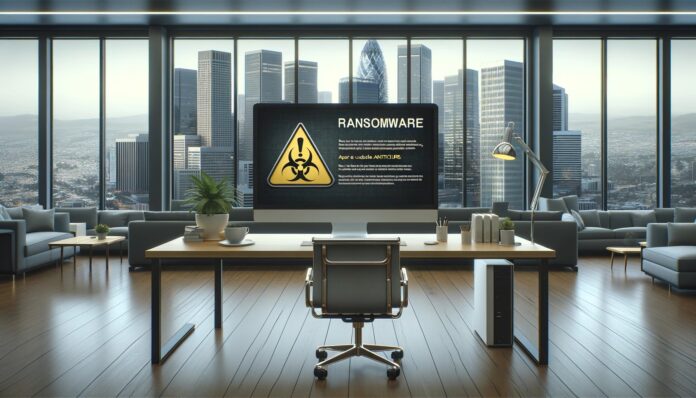
In most cases, thieves disappear after successfully stealing money, goods, or valuable data. However, in the world of cybercrime, particularly with ransomware attacks, the scenario is quite different.
Unlike traditional theft where the criminal takes the stolen items and vanishes, ransomware attacks typically involve a two-step process: first, data is stolen, and then it is encrypted, making it inaccessible unless a ransom is paid. This method not only disrupts operations but also places intense pressure on victims, as the criminals often use the stolen data as leverage for further exploitation.
One of the more infamous ransomware groups is Clop, which has been active since 2019. The Clop ransomware group follows a distinct pattern. They infiltrate a victim’s network, steal sensitive data, and then encrypt it, demanding payment in exchange for decryption. The criminals make it clear that if the ransom isn’t paid, the victim’s sensitive information will be sold or shared with third parties, often resulting in disastrous consequences for the victim’s reputation and business operations.
In response to this threat, many victims opt to pay the ransom, often in the form of cryptocurrencies like Bitcoin, as it is harder to trace. However, this action does not guarantee safety. Payment may provide temporary relief, but it doesn’t erase the possibility of further exploitation or attacks.
A disturbing new tactic has emerged with the Clop ransomware group, as uncovered by cybersecurity researchers at cyfirma. Rather than attacking a victim once and moving on, the group has begun a strategy of lurking in the victim’s network undetected for months. During this period, they remain inactive while the ransomware’s presence in the system goes unnoticed by threat monitoring solutions. After several weeks or even months, they spring into action again, relaunching the attack and demanding ransom payments multiple times over an extended period. This method effectively turns the infected network into a long-term money-making tool for the cybercriminals, continuously generating profit from the same victim.
Typically, these groups gain access to a network through phishing campaigns or by exploiting vulnerabilities within the system, often through malicious software (malware) that enters the network undetected. The infected networks then serve as a launchpad for further attacks, as the ransomware’s code remains hidden from detection tools, allowing the attackers to continue exploiting the victim’s system.
Industries that are especially vulnerable to these types of ransomware attacks include manufacturing, retail, transportation, and healthcare. These sectors often deal with highly sensitive data and rely heavily on their networks for day-to-day operations, making them prime targets for Clop and similar state-funded or organized cybercrime groups. As these industries are integral to the global economy, the potential impact of a successful ransomware attack can be catastrophic, not only in terms of financial loss but also in terms of trust and legal repercussions.
To protect against such attacks, it is crucial to implement a robust cybersecurity strategy. The first line of defense is to install anti-malware solutions across all server environments. Regular updates and patches must be applied to prevent vulnerabilities from being exploited. Additionally, regular backups of critical data and applications should be made to ensure that victims can restore their systems quickly without giving in to ransom demands. It is also important to deploy automated solutions that can detect and block phishing attempts and other forms of social engineering that are commonly used to gain initial access to networks.
Perhaps one of the most essential components of defense is employee awareness. Since many ransomware attacks start with human error, such as clicking on a malicious email attachment or link, training employees to recognize the signs of phishing and other suspicious activities can significantly reduce the risk of a breach. Organizations must regularly remind employees about the importance of cybersecurity practices and encourage vigilance in protecting both company and personal information.
In conclusion, ransomware attacks, particularly those perpetrated by sophisticated groups like Clop, are a growing threat that requires comprehensive, multi-layered defenses. By taking proactive steps, from implementing anti-malware solutions to fostering a culture of cybersecurity awareness, businesses can mitigate the risk of falling victim to such devastating attacks.
Ad
Join over 500,000 cybersecurity professionals in our LinkedIn group “Information Security Community”!
